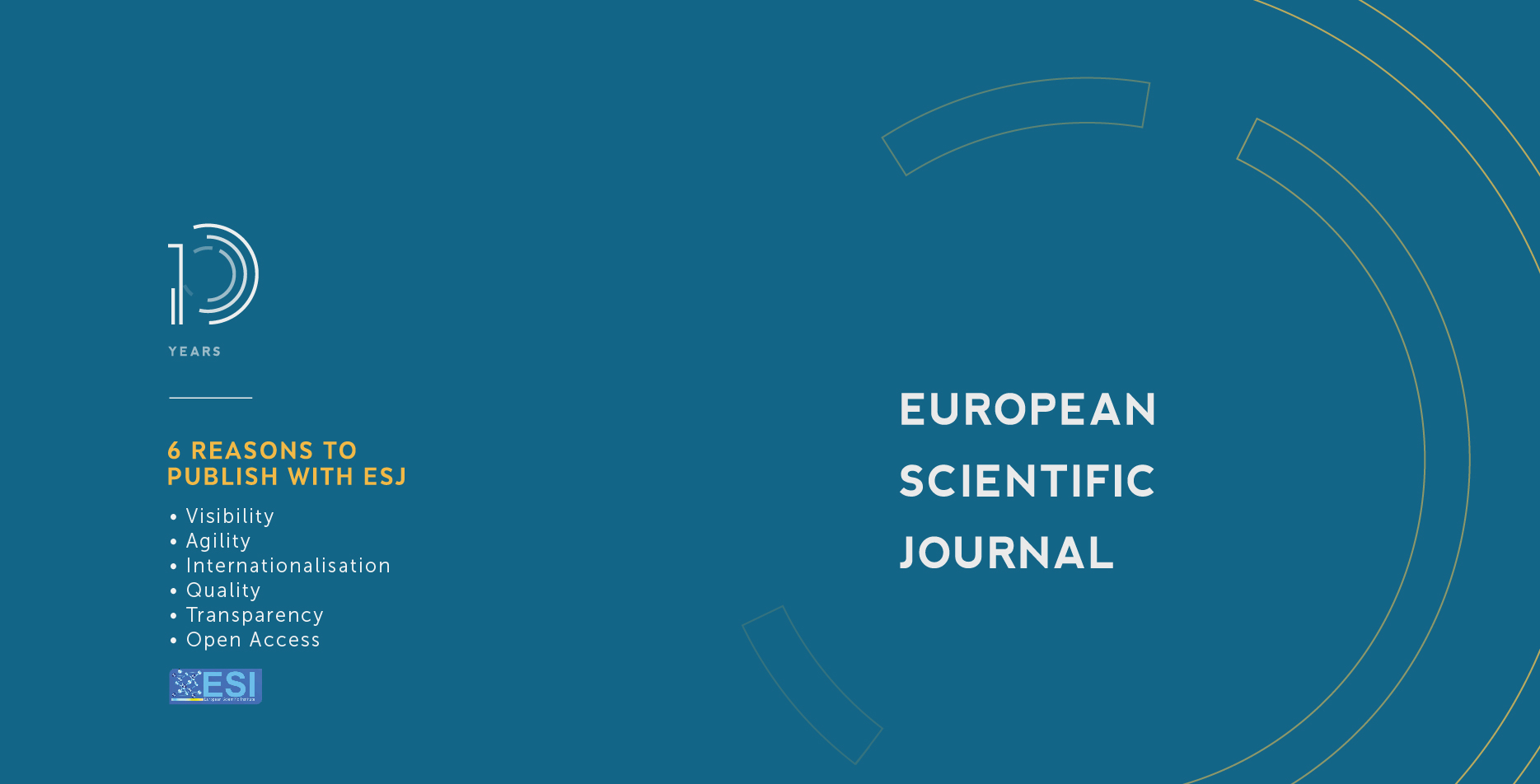Diode Laser Ablation Versus Surgical Scalpel Technique For Gingival Depigmentation: A Randomized Controlled Clinical Trial
Abstract
The aim of this study is to evaluate and compare the clinical efficiency of gingival depigmentation procedure with conventional scalpel and diode laser techniques. Materials and methods: This study was carried out as a randomized controlled clinical trial, split mouth design, in which fifteen patients having diffuse continuous physiologic pigmentation of the gingiva involving facial aspect of maxillary right to left premolar area were selected. The maxilla was divided into two halves and randomly allotted for “study site” for depigmentation with diode laser technique, and “control site” for depigmentation with scalpel technique. The studied variables were the degree of pain, bleeding, duration of the procedure, wound healing, and level of melanin repigmentation. The follow-up period was twelve months. For statistical analysis, Wilcoxon signed-rank test were conducted. Results: The diode laser technique showed better results regarding pain during the first three days, duration of the procedure, and bleeding. There was no significant difference between diode laser technique and scalpel technique regarding the wound healing and pain experienced by the patient after one week of surgery. Both sites showed recurrence of pigmentation, yet it was after a shorter period on the scalpel site. Conclusion: The findings of the present study suggest that gingival depigmentation was effective with both scalpel and laser techniques. However, the laser treated sites showed reduced pain experienced by the patient and better operator comfort. Melanin repigmentation was observed on sites treated with scalpel and diode laser, yet faster on the scalpel technique sites.
Downloads
Metrics
PlumX Statistics
Copyright (c) 2020 Bayan Habli, Nahed Attia, Mohamed Shokry

This work is licensed under a Creative Commons Attribution-NonCommercial-NoDerivatives 4.0 International License.








